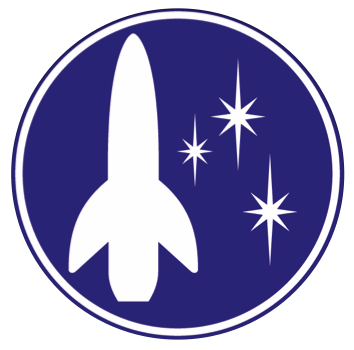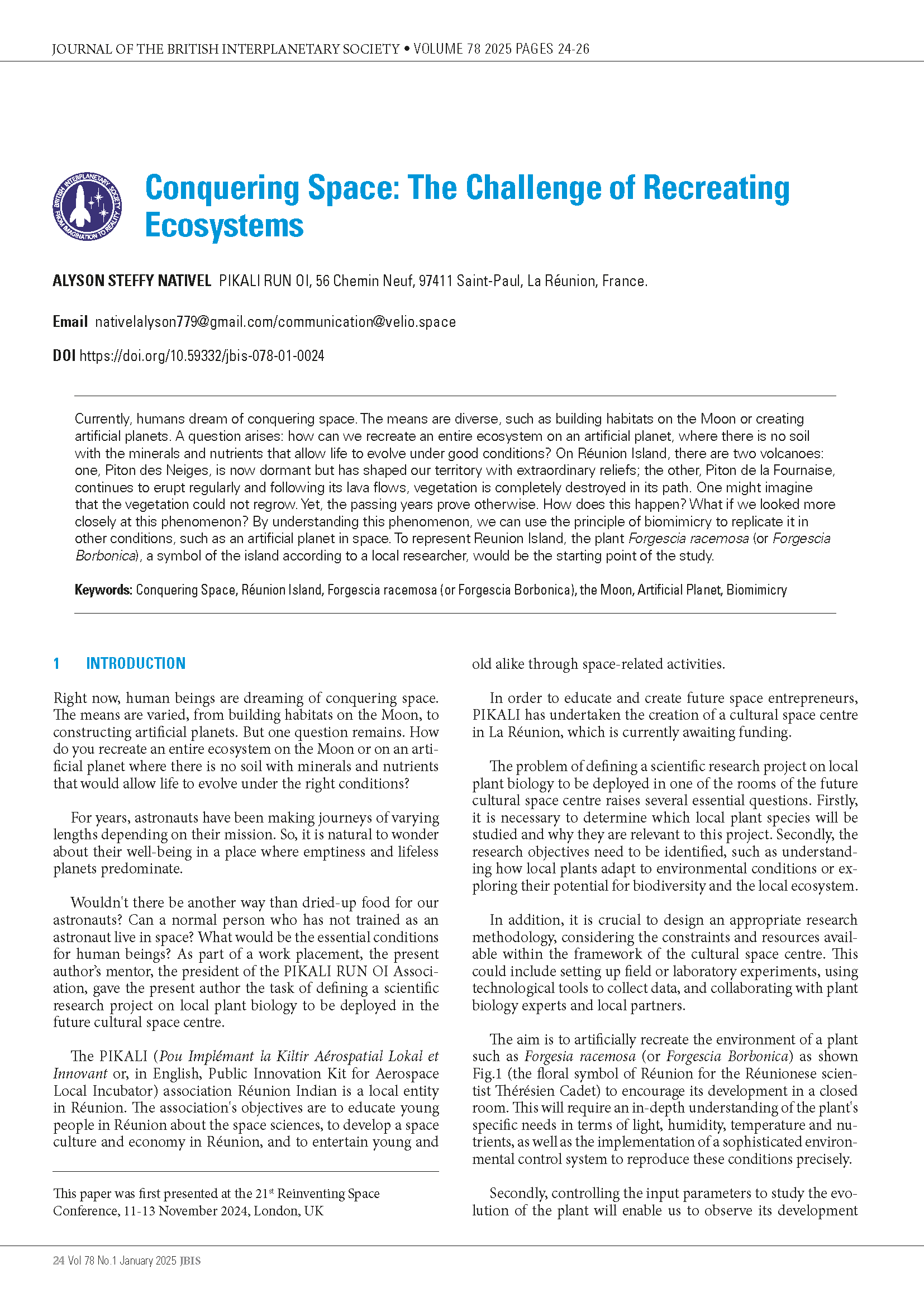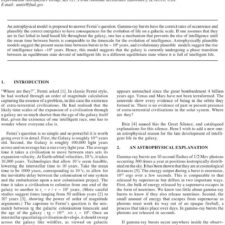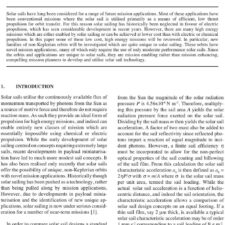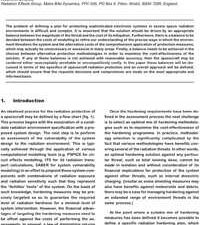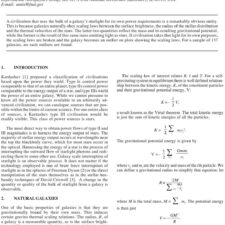Conquering Space: The Challenge of Recreating Ecosystems
£5.00
Alyson Steffy Nativel
2025.78.0024
DOI: https://doi.org/10.59332/jbis-078-01-0024
Currently, humans dream of conquering space. The means are diverse, such as building habitats on the Moon or creating artificial planets. A question arises: how can we recreate an entire ecosystem on an artificial planet, where there is no soil with the minerals and nutrients that allow life to evolve under good conditions? On Réunion Island, there are two volcanoes: one, Piton des Neiges, is now dormant but has shaped our territory with extraordinary reliefs; the other, Piton de la Fournaise, continues to erupt regularly and following its lava flows, vegetation is completely destroyed in its path. One might imagine that the vegetation could not regrow. Yet, the passing years prove otherwise. How does this happen? What if we looked more closely at this phenomenon? By understanding this phenomenon, we can use the principle of biomimicry to replicate it in other conditions, such as an artificial planet in space. To represent Reunion Island, the plant Forgescia racemosa (or Forgescia Borbonica), a symbol of the island according to a local researcher, would be the starting point of the study.
Keywords: Conquering Space, Réunion Island, Forgescia racemosa (or Forgescia Borbonica), the Moon, Artificial Planet, Biomimicry
